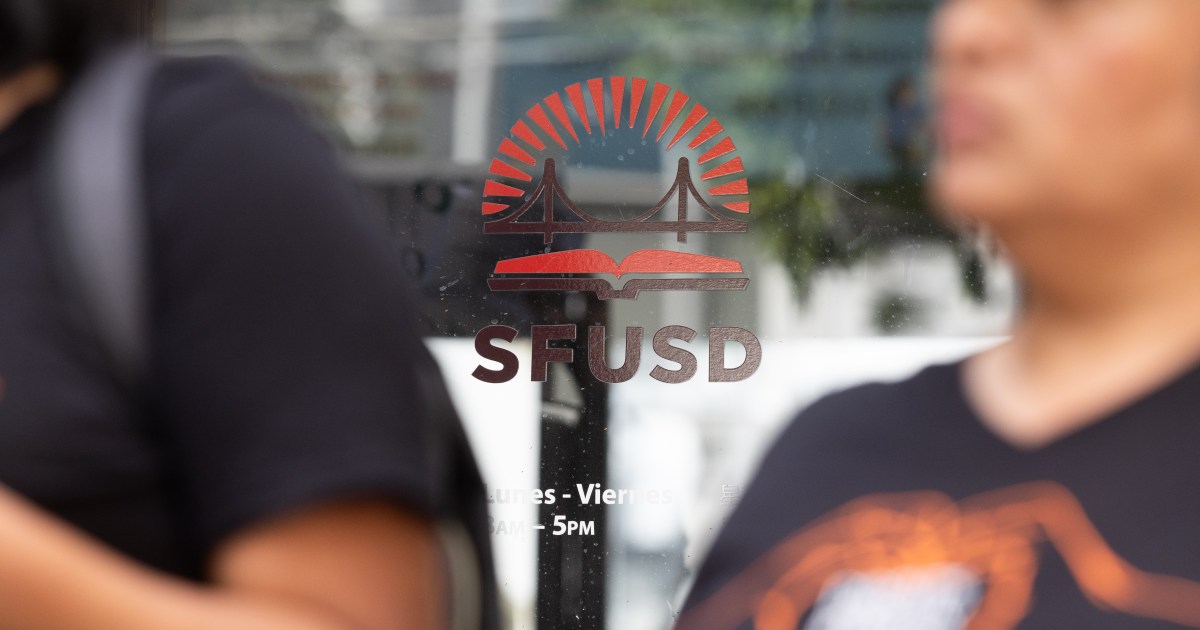
Steward Healthcare was among the country’s biggest for-profit hospital operators. At its peak, it ran dozens of hospitals in 10 states, including Florence Hospital and St. Luke’s Behavioral Health Center, among others, in Arizona. But last May, Steward declared bankruptcy; since then, most of those hospitals have been sold and several have closed.
Hannah Levintova has been looking into some of the factors that led to Steward’s bankruptcy and how that impacted its hospitals’ patients. Part of that included a review of every malpractice, wrongful death and personal injury case filed in federal or state court against Steward. There were more than 450 lawsuits involving 83 patient deaths.
Levintova, an investigative reporter at Mother Jones, joined The Show to talk about some of what she found.

Full conversation
MARK BRODIE: Hannah, how big of a deal was the company’s for-profit status to what happened and what you found in your reporting?
Hannah Levintova: So, for-profit can come in a lot of different forms, right? What was significant in Steward’s case was that Steward began as a small nonprofit hospital chain in Massachusetts. It was called something else. A private equity firm called Cerberus bought it in 2010 and they created Steward. And then from there, they did a number of financial transactions to expand it nationally.
The Steward was created by investors, by private equity investors that have a very aggressive investment model that’s focused on very quick, very high returns. That’s the piece of the for-profit adjective here that I think is important to remember.
BRODIE: Well, and what’s really interesting is that in many cases, maybe specifically for nonprofit hospitals, the margins are really tight, like hospitals are not necessarily, in many cases, a money making operation. So it’s interesting that private equity firms were getting into this business with that understanding, and it seems like, at least in Steward’s case and maybe others, that it didn’t really mesh with the model of running a successful hospital with good patient outcomes.
Levintova: Yeah, it is interesting, because you’re right. All hospitals do run pretty lean budgets, they run on pretty lean margins. And in the case of Steward, they bought a lot of hospitals that were in lower income communities or in more rural communities where they had a higher percentage of, you know, Medicare and Medicaid patients, which means that they’re running an even leaner business, right?
But, not withstanding all that, private equity has really been expanding into all corners of health care, not just hospitals, in recent years. But, in this case, you know what ended up happening was it seems like the private equity firm Cerberus started to realize that the various financial transactions that they were doing, like loading Steward up with debt, were actually hurting the hospitals and causing the hospital finances to struggle.
And, the way that Cerberus got out and still made a killing, they nearly quadrupled their investment, was by selling off the hospital real estate. Right, the most valuable thing, which is the land and the buildings. So, Cerberus, the private equity firm, sold off the hospital real estate to a very wonky kind of financial vehicle called a real estate investment trust. So then those hospitals became tenants in land that they used to own, and then the proceeds from those sales helped fund this huge return when Cerberus, when the private equity firm, exited the investment.
BRODIE: Was it those kinds of deals that really led to the downfall of Steward in terms of, you know, paying these exorbitant rents and, you know, having to sort of cut costs and cut corners at the hospitals themselves?
Levintova: I think there was sort of a cascading flood of financial transactions that kind of kept pulling Steward into further and further financial chaos. Right? First you have the private equity firm comes in, buys the chain, starts expanding it. And keep in mind, one of the ways that private equity does what it does they fund these big returns for themselves and for their investors is by layering debt onto their businesses.
And throughout all of this, you know, remember that the private equity firm is always taking a cut of these transactions. They pay themselves annual fees for their work managing Steward. The executives at Steward themselves were getting very well paid and getting a piece of these transactions, and then just the sale of the real estate.
That was a big transaction that happened in 2016, so there’s just a layering of kind of extraction from these deals that is going to the people at the top. It’s going to the private equity firm. It’s going to the top executives at Steward like the CEO, who, you know, famously, then, you know, bought a $40 million yacht and all of these things.
And then, and then, after all of that, now you’re stuck with these leases, and you were running a lean operation before, right? It was already hard to be profitable when you owned the place, and now you’re stuck with these very high leases that have all these, you know, escalation clauses. They’re going to get higher. So, it wasn’t just one transaction or one financial problem, it was sort of one thing after the other, after the other.
BRODIE: What did the folks with Cerberus or with Steward have to say about all this?
Levintova: You know, when I reached out to Steward, I never really got a clear answer, because there isn’t really much of Steward left to even talk to me. In my reporting, we pulled all of these medical malpractice, and personal injury and wrongful death cases. We pulled all of the cases in … states where Steward operated, and we found hundreds of cases, there were 83 deaths, and sort of, I put all of that in front of Steward and asked them, you know, “how does this connect to your business? Do you think that the business contributed to these problems in patient care?”
And I didn’t get a straight answer.
BRODIE: One of the things that you reported that I thought was really striking was that in its bankruptcy, Steward owes $9 billion. Billion, with a B, to more than 100,000 creditors. That seems like two pretty sizable numbers.
Levintova: Yes, and a big chunk of that $9 billion is rent. They weren’t paying medical suppliers. They weren’t in some cases, they weren’t paying wages. I mean, the bankruptcy filing is just, it’s just wild. You know, when I was reporting, I heard these stories about, like, in one hospital, someone came and repossess like the coffee machine because they hadn’t paid the coffee bill, and that’s a telling detail, but like, coffee is important, but it’s not the most important thing, right?
But then, you know, the story that I focused on was a case where a woman needed a life saving device, and that device had been repossessed three weeks prior by the vendor because the hospital owed them over half a million dollars. And when I started reporting, the thing that I kept thinking about was that there are probably so many more cases like that where a supply was missing and it will never come out, right? We’ll never, we’ll never know.
KJZZ’s The Show transcripts are created on deadline. This text is edited for length and clarity, and may not be in its final form. The authoritative record of KJZZ’s programming is the audio record.



